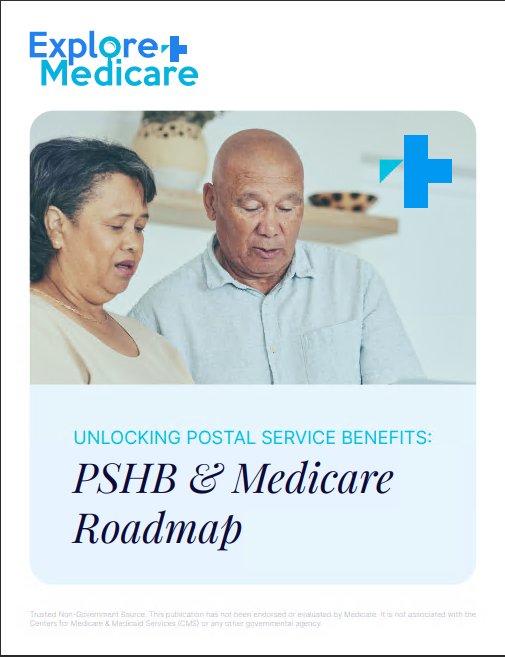Key Takeaways
-
The new $2,000 prescription drug cap in Medicare Part D, effective in 2025, significantly reduces out-of-pocket expenses for beneficiaries.
-
This cap benefits those with high medication costs the most, eliminating the previous financial burden of the catastrophic phase.
A Major Change in Medicare Part D: What You Need to Know
If you rely on Medicare for your prescription drug coverage, you’ve likely experienced high out-of-pocket costs, especially for expensive medications. The good news? In 2025, Medicare is rolling out a game-changing $2,000 out-of-pocket cap for prescription drugs under Part D. This new rule is a huge win for beneficiaries who have been struggling with high medication costs, and it marks one of the biggest reforms in Medicare’s history. But how exactly does it work, and who stands to gain the most from this change? Let’s break it down.
Understanding the $2,000 Prescription Drug Cap
Before 2025, Medicare Part D had no set limit on out-of-pocket spending for prescription drugs. Beneficiaries would go through several phases of coverage, including the initial coverage phase, the coverage gap (formerly the donut hole), and finally, catastrophic coverage, where costs could still add up despite reduced co-pays.
Starting in 2025, this changes with the introduction of a hard cap of $2,000 on annual out-of-pocket prescription drug costs. Once you hit this limit, you won’t have to pay anything more for covered medications for the rest of the year.
What Costs Count Toward the Cap?
Only certain costs contribute to the $2,000 cap, including:
-
Your deductible (if applicable)
-
Co-payments and coinsurance for covered prescriptions
-
Any manufacturer discounts applied in the coverage gap
What Doesn’t Count?
-
Premiums for Medicare Part D plans
-
The cost of drugs not covered by your plan
-
Over-the-counter medications
Who Benefits the Most From This Change?
Beneficiaries With High Drug Costs
If you take expensive medications for chronic conditions such as diabetes, cancer, or multiple sclerosis, you’re one of the biggest winners. Before 2025, you may have been paying thousands of dollars even after reaching the catastrophic coverage phase. Now, you can breathe easier knowing your yearly out-of-pocket costs won’t exceed $2,000.
Low- and Moderate-Income Beneficiaries
While many low-income Medicare recipients qualify for Extra Help (which assists with prescription costs), those who are just above the income limits haven’t had the same financial relief—until now. With this cap in place, middle-income beneficiaries who previously paid more than $2,000 annually will now see significant savings.
People on Multiple Medications
If you rely on multiple medications to manage your health, this cap provides a safety net. Even if you fill several high-cost prescriptions throughout the year, once you reach the $2,000 limit, you won’t have to pay more for your covered drugs.
How This Change Affects Different Phases of Medicare Part D
1. Deductible Phase
Each year, Medicare Part D plans have a deductible before coverage begins. In 2025, the maximum deductible is $590. Once you meet this, you move into the next phase.
2. Initial Coverage Phase
After the deductible, you enter the initial coverage phase, where you pay co-pays or coinsurance for medications. Your plan covers a percentage of costs, but you’re still responsible for some of the expense.
3. Catastrophic Coverage? No More!
Before 2025, beneficiaries who reached the catastrophic phase were still responsible for 5% of their drug costs with no limit. Now, with the $2,000 cap, this phase is eliminated—meaning you won’t pay anything beyond that point for the rest of the year.
Spreading Out Costs With the Medicare Prescription Payment Plan
Not only is there a new cap, but Medicare is also introducing a Prescription Payment Plan in 2025. This allows beneficiaries to spread their out-of-pocket prescription drug costs over the course of the year instead of paying everything at once. If you’re on a tight budget, this can make it easier to manage expenses.
How It Works
-
Instead of paying $2,000 upfront early in the year, you can opt for monthly payments.
-
This program is voluntary, meaning you can choose whether to participate.
-
You must enroll at the beginning of the year or when you first reach the cap.
What This Means for You
Comparing Medicare Part D Plans
The new cap applies to all Medicare Part D plans, whether standalone plans or included in a Medicare Advantage plan with drug coverage. However, plan costs, coverage, and formularies still vary. That means it’s still essential to compare your options during the Medicare Open Enrollment Period (October 15 – December 7) to ensure you have the best coverage for your needs.
Potential Impact on Premiums
While this reform brings huge savings on out-of-pocket drug costs, there’s a possibility that Part D premiums could increase slightly in the coming years. However, for most beneficiaries—especially those who previously spent well over $2,000 on prescriptions—the savings on medications will far outweigh any potential premium hikes.
Key Considerations for 2025 and Beyond
Reviewing Your Annual Notice of Change (ANOC)
Each year, your Part D plan sends an Annual Notice of Change (ANOC), detailing updates to premiums, drug formularies, and cost-sharing. Given this major reform, pay close attention to any changes in 2025.
Ensuring Your Medications Are Covered
Even with the cap, not all medications are covered under every Part D plan. Double-check your plan’s formulary to ensure your prescriptions are included.
Exploring Extra Help if You Qualify
If you’re still struggling with prescription costs, you may qualify for the Extra Help program, which lowers costs for those with limited incomes. The new changes don’t replace Extra Help but work alongside it to provide further relief.
A New Era of Medicare Drug Coverage
The introduction of the $2,000 prescription drug cap in Medicare Part D is one of the most significant changes in recent history. It provides much-needed relief for those with high drug costs, ensures that out-of-pocket spending is predictable, and eliminates the catastrophic coverage phase.
If you’re on Medicare, this is a major win. But as with any big change, it’s important to stay informed and review your plan details to make sure you’re getting the best coverage possible. If you have questions or need assistance choosing the right Medicare plan, get in touch with a licensed agent listed on this website—they can help guide you through your options and ensure you’re maximizing your benefits.









